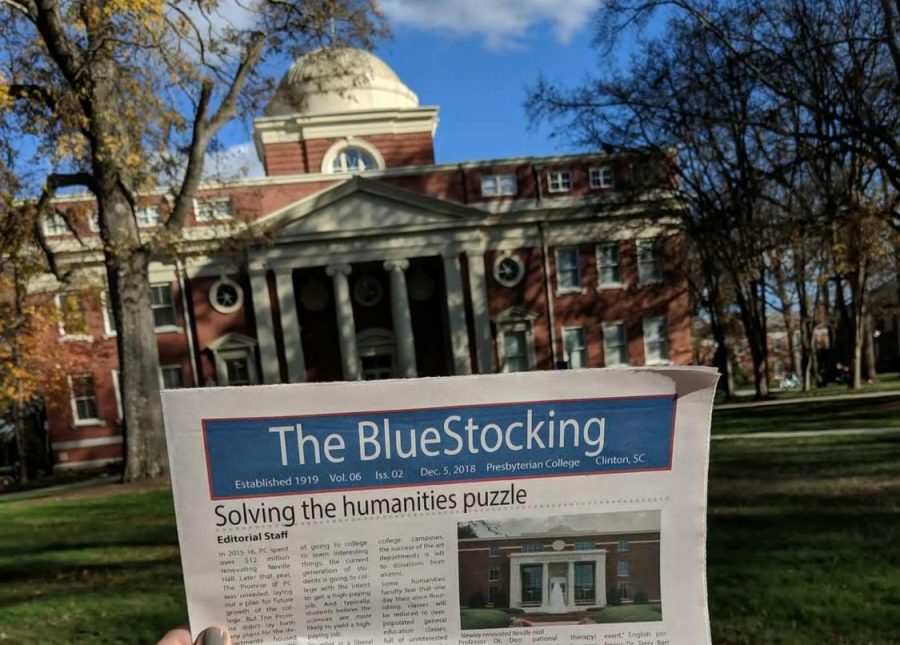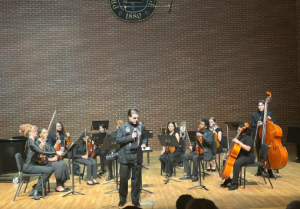Opinion: It’s Student Media Downfall or Uprising at Small Private Colleges
February 13, 2023
For major colleges and universities across the country, student media is one of the most popular groups that college students get involved with during their four years. With many student media organizations like the college newspaper or the student-run television station, it has provided many students opportunities to get involved with the journalism industry following school.
As for small private institutions, the situation is the exact opposite.
Student media at small private colleges have declined for the past several years. Instead of students flocking to these groups at the fall campus fair, student media organizations have to work hard to try and convince people to attend meetings or for professors, provide extra credit opportunities that relate to the student media experience.
Despite several benefits such as job opportunities, merchandise, contests, and even stipends that small private schools may offer, most student media organizations at these institutions still face a daily struggle of trying to remain relevant while at the same time, producing content at a consistent level to the campus community.
One major factor is the rise of digital media and the decline of traditional print media. While this has impacted the entire journalism industry as a whole, with the advent of social media and other online news sources, fewer students are not interested in participating in print media, such as newspapers and magazines.
Instead, most want to gather their information through secondary outlets, oftentimes leading to them to miss out on campus news, happenings, and events at their respective school.
Another factor is the shift in focus of college students towards career-oriented activities and away from extracurricular ones. With the increasing cost of tuition, students are more focused on building their resumes and acquiring job skills rather than participating in student media.
This is due to the fact that most students are having to focus on finding careers that can offer a competitive salary with benefits, especially for those that have to burrow student loans to be able to afford a secondary education following high school.
Because of this issue, students today may not be able to have the time to get involved with another extracurricular activity on campus, especially with their main focus being able to graduate on time.
Additionally, small private colleges often need more resources, making it challenging to support student media. For example, large universities with a strong support in student media can offer interested students courses on journalism and provide them internships with professional news organizations.
As for small private colleges, budget cuts and lack of funding can limit print media production and restrict the resources available to student journalists. For those wanting to be in journalism, they often need to find out on their own what they need to do to stand out from the competition, especially when applying against others who come from large universities that have strong journalism and student media programs.
Moreover, the changing landscape of media has resulted in a decline in the number of professionals entering the field, making it harder for small private colleges to attract talented journalism students. This, in turn, affects the quality of student media that small institutions produce, which makes it harder for them to compete with more prominent media outlets.
Despite these challenges, there is still a need for student media at small private colleges. Student media allows students to hone their skills, express their opinions, offer perspectives, and inform their peers about important issues.
Ultimately, it is up to the college itself, alumni base, and the broader community to support and invest in student media to ensure its continued survival on campuses throughout the country.
The decline of student media at small private colleges is a complex issue, with several factors contributing to its downfall. However, with support and resources, it is possible to revive student media and ensure its continued growth and impact on the college community as a whole.






